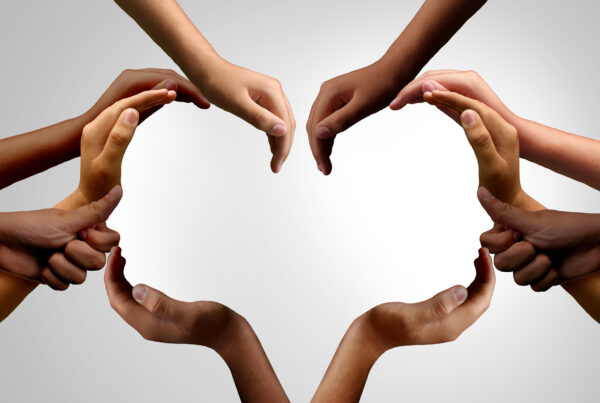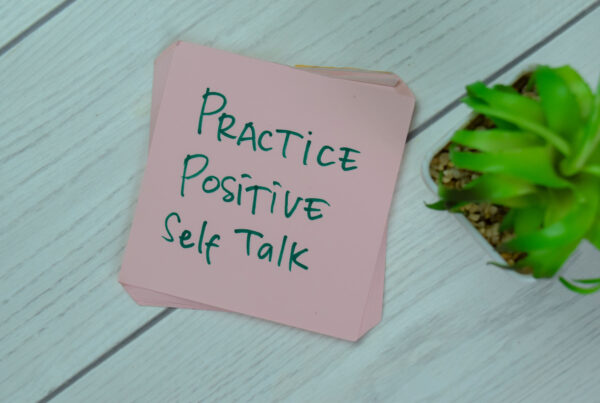
There are countless reasons why a teen may use drugs. In many cases, it’s a form of peer pressure, and the fear of not partaking could label one as “unpopular” at school. Some teens turn to study aid drugs like Adderall to improve their ability to concentrate and boost their grades. And others use drugs as a means of coping with feelings of depression, anxiety, or other forms of mental illness.
It’s difficult for teens to understand the long-term dangers of drug use because the intended side effects typically dissipate within a few hours. Not to mention, most adolescents underestimate the risks of certain activities and sometimes have a sense of being uniquely invincible. But, over time, repeated patterns of drug use have the potential to cause serious harm.
Developmental Problems
Drugs have a huge impact on the way the brain communicates, specifically when it comes to dopamine. At normal levels, dopamine rewards natural behaviors pertaining to movement, emotion, motivation, and feelings of pleasure. When drugs are added into the system, however, the surge of dopamine sends the user into a euphoric overdrive. This is especially concerning for adolescents because the brain develops up until the age of 25. Therefore, repeated drug use during these formative years can have serious long-lasting effects.
According to 2013-15 estimates, 10% of 7th graders, 23% of 9th graders, and 33% of 11th graders in California public schools used alcohol or drugs in the previous 30 days. Research shows that teens who repeatedly abuse drugs have lower grades, tend to skip class and other extracurricular activities, and are at a much higher risk for dropping out of school. A recent study from SAMHSA found that roughly 31 percent of dropouts were currently using illicit substances while just about 18 percent of those in school were engaging in this behavior. Individuals who drop out of school face a wide array of negative consequences in adult life, including higher rates of unemployment, poor health, need for public assistance, and criminal behavior and incarceration.
Risky Behaviors
Having sex as a teen is a normal part of human development. However, sexual risk-taking is much more prevalent among teens who frequently use drugs. Despite the negative consequences –– sexually-transmitted diseases (STDs), HIV/AIDS, and unintended pregnancies –– they are more likely to initiate it at younger ages and have multiple sexual partners in comparison to their non-using peers. A study from CASA found that teens age 15 and older who had used other drugs were five times likelier to have had sexual intercourse and three times likelier to have had it with four or more partners than those who didn’t.
Dating Violence
We all know that drugs can drastically change a person’s mood and disposition. Sadly, there are times when a person’s drug use triggers angry and aggressive behavior that results in physical or emotional pain to the person they’re in a relationship with.
The CDC points to substance use as one of the top risk factors for teen dating violence, which falls into one of four categories:
- Physical –– hitting, shoving, biting, strangling, kicking or using a weapon
- Psychological/Emotional –– threats, name-calling, humiliation, intimidation, isolation
- Sexual –– unwanted touching, coercion, rape or attempted rape, and attempting or having sex with a person who is under the influence
- Stalking (online or in person) –– repeatedly watching, following, monitoring, or harassing
A recent study from the American Academy of Pediatrics revealed that 21.4% of female high school students who had dated in the past 12 months had experienced domestic violence victimization associated with nonmedical prescription drug use (either physical or sexual). And another study found that teenage girls who experience dating violence are more likely to binge drink compared to their peers who are not in abusive relationships, while teenage boys who experience dating violence are more likely to use marijuana as young adults compared to their peers.
Homelessness
Addictive disorders disrupt relationships. Oftentimes, families become so worn down by their teen’s constant disruptive behaviors that they choose to change the locks or kick them out of the house for good.
More than one-quarter of the total United States homeless population lives in California, roughly 114,000 people. In Los Angeles County alone, the homeless population grew 23% from 2016 to 2017 while the number of unsheltered youth climbed 81% to 4,536. According to DoSomething.org, about 80% of homeless youth (aged 12-21) use drugs or alcohol as a means to self-medicate to deal with the traumatic experiences and abuse they face on a daily basis.
The National Center on Addiction and Substance Abuse found that people who began using addictive substances before age 15 are nearly 7 times likelier to develop a substance problem than those who delay first use until age 21 or older. Parents who are highly involved are likely to notice the early signs and symptoms of a serious problem. If you know a teen who is showing dangerous signs of drug abuse, don’t be afraid to reach out and ask for help before it’s too late.




